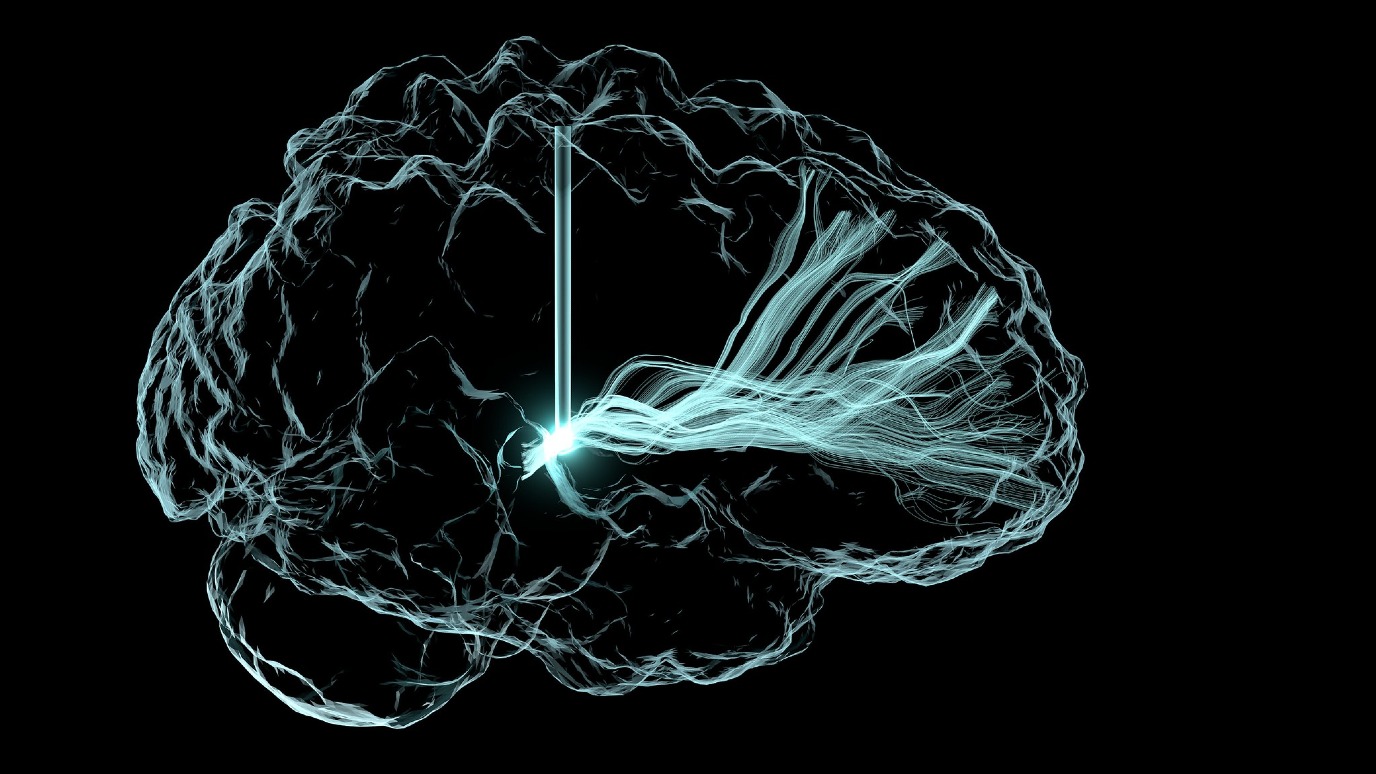What if we would classify mental disorders in a different way?

‘I am convinced that mental disorders arise from an interaction between the environment and the brain,’ says Martien Kas, Professor of Behavioural Neuroscience. Kas is a member of the strategic committee for the next edition of the DSM, the handbook for psychiatrists and psychologists. He argues that the DSM should devote more attention to the biological origin of disorders: ‘Ultimately, this will make it possible to diagnose and treat patients in a much more targeted way. At the moment, biology is still completely ignored.’
FSE Science Newsroom | Text Charlotte Vlek
When you visit a psychiatrist for an initial consultation, they will usually ask you to describe the symptoms you experience, and they will also draw their own conclusions based on your behaviour. But unlike other specializations within medicine, no blood tests are done, no MRI scans are ordered, and no biopsies are taken. ‘The way we currently make diagnoses in psychiatry is based entirely on symptoms and signs,’ explains Kas. But you could also classify and treat disorders in a completely different way. For example, based on the underlying mechanism that is not functioning properly. An obstacle to this is that the underlying pathology of mental disorders has not yet been unravelled.’
The overlap between Alzheimer’s, depression, and schizophrenia
An example: Kas studied people with Alzheimer’s disease, depression, and schizophrenia who reported that they were less able to function socially. It turned out that reduced connectivity could be observed in the same area of the brain, that is: the brain cells in that specific area had weaker connections between them. ‘Look,’ says Kas, ‘there are of course differences in the type of social problems these people experience. But where there is overlap, you also see the same biological background.’
Out of one hundred people with depression, sometimes only thirty benefit from the treatment they receive
For Kas, this is an indication that we could treat such disorders in a much more targeted manner. ‘Unfortunately, treatments in psychiatry are not always effective,’ says Kas. ‘Out of one hundred people with depression, sometimes only thirty benefit from the treatment they receive.’ This could be because the biological origins of depression vary greatly between individuals. Last year, scientists published a study in Nature Medicine showing that MRI scans of people with depression and anxiety disorders could be divided into six different ‘biotypes’, i.e. six different biological backgrounds that may cause depression.
Social mice
Kas himself conducts a lot of research on mice. ‘In humans, it is difficult to determine biological cause and effect,’ Kas explains. ‘For example, that study on six biotypes in depression and anxiety only shows a correlation; you still don’t know what the cause and effect are. But you can try to locate the same areas of the brain in mice and influence them. Then you can see exactly what effect that has.’
In his own research, Kas looked at brain areas that underlie social dysfunction. ‘You can use new technologies to ‘turn off’ or ‘turn on’ the brain area associated with social behaviour in mice, as it were, and see what happens. When we do so, we see for example that mice sniff each other less, which is an important social behaviour in mice.’ Incidentally, it is certainly not Kas’ intention to apply this on/off switch to humans. ‘Brain scans and mouse studies are purely a way to first determine how characteristics in the brain lead to certain mental disorders.’

Deep brain stimulation for OCD
People with a severe form of obsessive-compulsive disorder (OCD) are already being treated with a method that tackles the underlying cause. In this method, known as deep brain stimulation (DBS), thin wires (electrodes) are placed in the brain, which stimulate a disrupted area through small electric currents. However, Kas emphasizes: ‘This is a radical treatment. But it shows how important the brain is for the symptoms that people experience.’
Research into the underlying biology should always be a supplement to the doctor’s clinical observation
Roadmap
Thanks to the DBS treatment for OCD (see text box), we now have a pretty good idea of where compulsive symptoms occur in the brain. For other mental disorders, this is not yet so clearly identifiable. That is why Kas and a large group of his colleagues recently published a roadmap for precision psychiatry. In this roadmap, they explain what is needed to ensure that the underlying biology receives more attention in clinical practice over the next 15 years. ‘Step one is that we agree on the importance of biological testing, and step two is that we find the right biological markers so that they can be included in the DSM. I hope that in 15 years’ time we will have a number of good examples.’
A blood test for mental disorders
Incidentally, it is not Kas’ intention that psychiatrists simply put you in an MRI scanner during an intake. ‘Research into the underlying biology should always be a supplement to the doctor’s clinical observation. And performing the test should also be feasible in clinical practice worldwide. In scientific research, we are still working with brain scans, but ultimately we hope to find what is known as a proxy: a derived phenomenon that allows you to determine what is going on in the brain. The hope is that we will ultimately be able to strengthen the diagnosis of a mental disorder with, for example, an accessible blood test.’
More news
-
20 November 2025
New conductive hydrogel is as soft as the brain
-
18 November 2025
Rockets, robots, and regulations
-
11 November 2025
Farmland in crisis: ‘Try to understand each other’s points of view’
